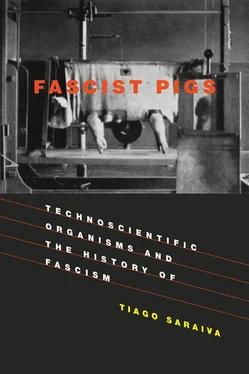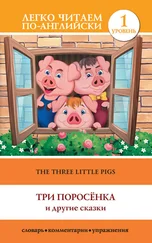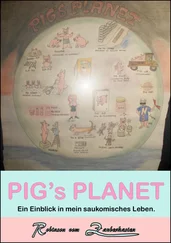Although BRA scientists made big efforts to eradicate plant diseases in vineyards, pear orchards, and wheat fields, potatoes were their first matter of concern and their prime object of research. The botanist Otto Appel, who entered the institution in 1899 and would become its director from 1922 to 1933 as the most renowned German plant pathologist of the interwar period, based much of his early career on identifying and classifying potato diseases. [21]In 1919, invoking “the extraordinary role played by potatoes” in World War I, with financial support from the German Potato Cultivators Society, he was able to launch a Research Institute for Potato Cultivation (Forschungsinstitut für Kartoffelbau), which he directed until 1923, when he integrated it into the structure of the BRA. [22]Instead of breeding resistant potatoes and then distributing them to selected farmers, as was done in Italy and in Portugal, BRA scientists were to work closely with the well-established community of German commercial breeders, developing methods to identify immunity and establishing standards for the proofing of commercial breeders’ new releases. Such procedure only confirms the findings of Thomas Wieland on the tight relation between commercial interests and academic plant breeders at the University of Halle and the Kaiser Wilhelm Institute for Plant Breeding. [23]
Appel’s work on the taxonomy of potato pathologies was complemented by his interest in plant breeding, which demonstrated the coincident interests of pathologists and breeders. [24]If in its beginnings the BRA counted mainly on chemical pesticides to fight crop diseases, there was a shift in the 1920s toward the breeding of resistant crops. That shift was apparent from the enlargement of the facilities in Berlin-Dahlem that occurred after 1920, when Appel restructured the BRA to include laboratories and experimental fields for potato breeding. Chemicals and pathogens then had to share place with potatoes themselves as major objects of research. By 1907 the BRA had 14 scientists. The number would climb to 73 in 1936, and to 93 in 1940. [25]Crucial in this expansion was the success in breeding potato varieties resistant to potato wart.
Potato wart had arrived to all the major European potato-producing countries at the turn of the century as a result of the importing of South American varieties to overcome the late blight attacks that had led to the Irish potato famine. [26]The wart fungus traveled with potatoes from Chile or Peru, infecting European soils cultivated with non-resistant varieties. Though infected potato plants did not appear damaged above the ground, the tip of the stolon (where the tuber is formed) developed a gall instead of a tuber. A severe wart infestation might destroy an entire crop by preventing tuber growth. Soon after the arrival of wart disease in England, some commercial varieties were spotted as being immune to the fungus. In 1909 the English Ministry of Agriculture was supporting field trials that would demonstrate that the immunity of potato varieties didn’t change with changing environments, identifying it as a single Mendelian trait that could be transmitted to other varieties. [27]This work would have important consequences for potato breeding in subsequent years, with breeders aiming at developing varieties resistant to the multiple diseases affecting the potato crop and overcoming the generalized view that disease resistance and high yield couldn’t be combined in the same variety. [28]
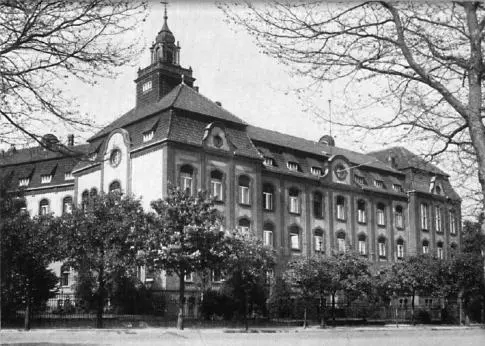
Figure 3.3 The main Building of the Biologische Reichsanstalt für Land- und Forstwirtschaft in Berlin-Dahlem, 1936.
( Die Biologische Reichsanstalt für Land und Forstwirtschaft in Berlin-Dahlem , Paul Parey, 1936)
Wart disease was first detected in Germany in 1908 in Westphalia. By 1927 it was present in every region of the country. [29]In 1915, during World War I, the first field trials for wart resistance in German commercial varieties were undertaken in Münster, Cronenberg, and Lübeck. [30]Only seven varieties among the 169 tested in the years 1915–1918 had the desired immunity. The main problem in conducting such trials was how to efficiently test in the field the huge number of varieties produced by commercial breeders. At least a year was required to raise the necessary tubers, after which susceptibility might be evident in the next season. Immunity could not be proved in less than two or three years of repeated exposure to an infected soil. This was not a suitable method in the years after World War I, when German farmers were growing about 1,500 varieties of potatoes. [31]The BRA, under Appel’s leadership, would strive to solve both problems. Not only would the BRA develop laboratory methods to quickly try a much larger number of varieties as alternative to time-consuming field methods; it also would try to bring order to the seed market by drastically reducing the number of potato varieties available to German farmers. The double strategy of transforming potatoes into laboratory objects and establishing a list of proper varieties to be cultivated would become the hallmark of the work undertaken at the BRA.
Crucially, the difficulties experienced in inducing germination of even a small percentage of sporangia of Synchytrium endobiotiocum —the fungus responsible for wart—undermined any in vitro tests. [32]It was not possible to follow the traditional chemical approach to plant pathology of first identifying the conditions that bring the death of the sporangium in vitro and then transferring such conditions to the field by soil sterilization through chemical fungicides. The control of wart disease was to be achieved by the breeding of immune varieties of potatoes and not by the use of chemical pesticides.
The success of such breeding program relied heavily on the ability to quickly identify immune varieties. Spieckermann and Kotthoff, at the Münster Haupstelle für Pflanzenschutz, were the first ones to develop, in 1925, a simple method of inoculation to test the susceptibility of potatoes to wart disease. They cut potatoes of various varieties into pieces, placed them in a box side by side over a layer of humid sand with the eyes turned up, and covered them with Krebscompost, a compost rich in winter sporangia prepared from warted material. [33]In non-resistant varieties, the infection spread through the eyes and was soon made manifest by the formation of a gall.
BRA researchers in Berlin-Dahlem would improve this method and convert it into the standard procedure for testing varieties for wart resistance from 1930 on. Köhler and Lemmerzahl, building also on work from Mary D. Glynne at the British Rothamsted Experimental Station, replaced the winter sporangia with summer sporangia obtained from warted tissues collected from infected potatoes. By inoculating summer sporangia directly into the tuber sprouts, ideally when the sprouts were about 2 millimeters long, infections were detected already after 4 hours of inoculation. This so-called Glynne-Lemmerzahl method not only saved a considerable amount of time; it also made it possible to circumvent the use of large amounts of wart compost, which the previous method had required. It also required much less laboratory space. By 1929 the BRA had tested resistance to wart disease in about 10,000 breeding lines, a number that would climb to 30,000 in 1936 and that justified every effort to streamline inoculation procedures. [34]
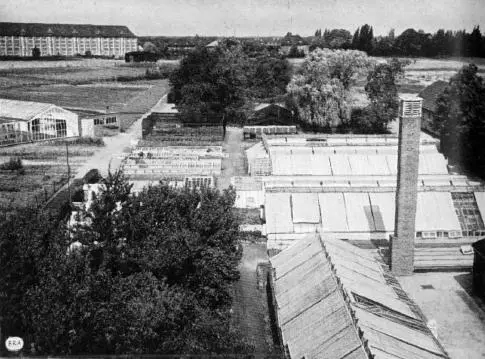
Figure 3.4 Greenhouses of the Biologische Reichsanstalt für Land- und Forstwirtschaft in Berlin-Dahlem, 1936.
( Die Biologische Reichsanstalt für Land und Forstwirtschaft in Berlin-Dahlem , Paul Parey, 1936)
Success in identifying susceptibility to wart would make resistance to that disease an exemplary case for a cleansing of the seed market. Through application of the Glynne-Lemmerzahl method on a grand scale, non-resistant varieties were to be eliminated from the German fields. As has already been mentioned, potato farmers had about 1,500 varieties at their disposal by the end of the 1910s. [35]The launching of Varietal Registering Committees (Sortenregisterkomissionen) for potatoes shortly after the war by Appel in conjunction with the German Agricultural Society (DLG), an initiative not extended to cereals until 1927, was aimed at sorting out “original varieties” from cheap imitations as a way to reduce the number of varieties and allow farmers to make better-informed decisions. [36]In the 1920s the DLG began to distribute to its members an annual booklet of approved varieties. During the Nazi regime, that booklet would evolve into an official Imperial List of Approved Varieties (Reichssortenliste).
Читать дальше
